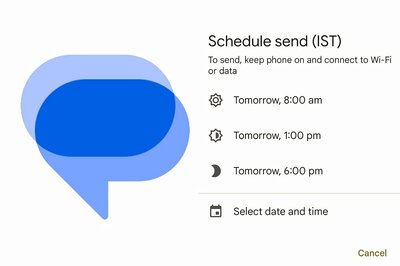
views
Newborn infants generally breastfeed eight to twelve times every 24 hours, or every couple of hours throughout the day, with longer stretches at night and clusters of more frequent meals. A baby usually needs around 20 minutes per side to finish feeding. However, this is only an average, and your kid will have his or her own unique schedule, feeding more or less than usual.
A baby’s appetite is similar to your own: sometimes he needs a nibble, and other times he wants a full meal. The most essential thing is to pay attention to your baby’s hunger signs rather than arranging feedings by the clock. Counting wet and dirty nappies, a minimum of at least 6-8 extremely wet cloth nappies per day, and 3 or more bowel movements every day is the best method to determine if a baby is receiving enough.
If your baby does not get enough milk, it might have long-term consequences for his or her health. Let’s have a look at some strategies for getting your baby to drink more milk.
Breast Compressions
Breast compressions are generally utilised after a mother’s milk has “come in,” but they can also be beneficial in the first few days after delivery to assist get more colostrum into the infant. Breast compression helps to get a lot more milk into the infant without a lot of extra work.
Not only is the infant receiving more calories, but the breast is also being emptied more effectively, indicating that the body should produce more milk. Skin-to-skin contact also aids in the stimulation of milk ejections, which are less efficient when supply is low, or flow is poor.
Let the baby set the pattern
Slow weight gain is frequently a problem with breastfeeding control. Feed your baby whenever he shows symptoms of hunger, rather than on a timetable, and make sure he feeds at least every two hours throughout the day and once at night. Allow him to complete the first side before swapping sides after a set amount of time.
During feeding, make sure your baby is properly positioned and latched, and that he or she is actively transferring milk. If you are unsure, seek the advice of an international board-certified lactation consultant (IBCLC) or a nursing counsellor.
Switch Nursing
This simply means swapping breasts many times during feeding rather than one. Switch sides when you can no longer hear swallows even with compression. Continue switching sides as long as the baby is actively receiving milk – even if you must move sides two or three times. This keeps the infant alert and engages in feeding, as well as stimulating the breasts to produce more milk. It also gets more of the fat-rich hindmilk into the infant, which aids in weight gain.
Get close with your baby
Consider massaging your baby a few times a day. According to research on preterm new-borns, those who are caressed on a daily basis acquire weight faster than those who are not, and this may be valid for full-term kids as well as older children.
Think about going about your day with your infant in your arms; a sling or soft carrier might be useful. Spending as much time as possible skin-to-skin, which has been found to aid in weight gain may be because babies nurse more frequently in certain situations.
Supplementing
If your baby’s doctor suggests supplementing, expressed breast milk should be your first choice. You may try feeding your baby at the breast, then milking for 5-10 minutes and providing your infant with the expressed milk straight after. Pumping soon after feeding will supply your baby with a higher proportion of fat, and more fat and calories can lead to weight growth. You can even skip using bottles entirely by utilising an at-breast supplement.
Read all the Latest News, Breaking News and Coronavirus News here.




















Comments
0 comment